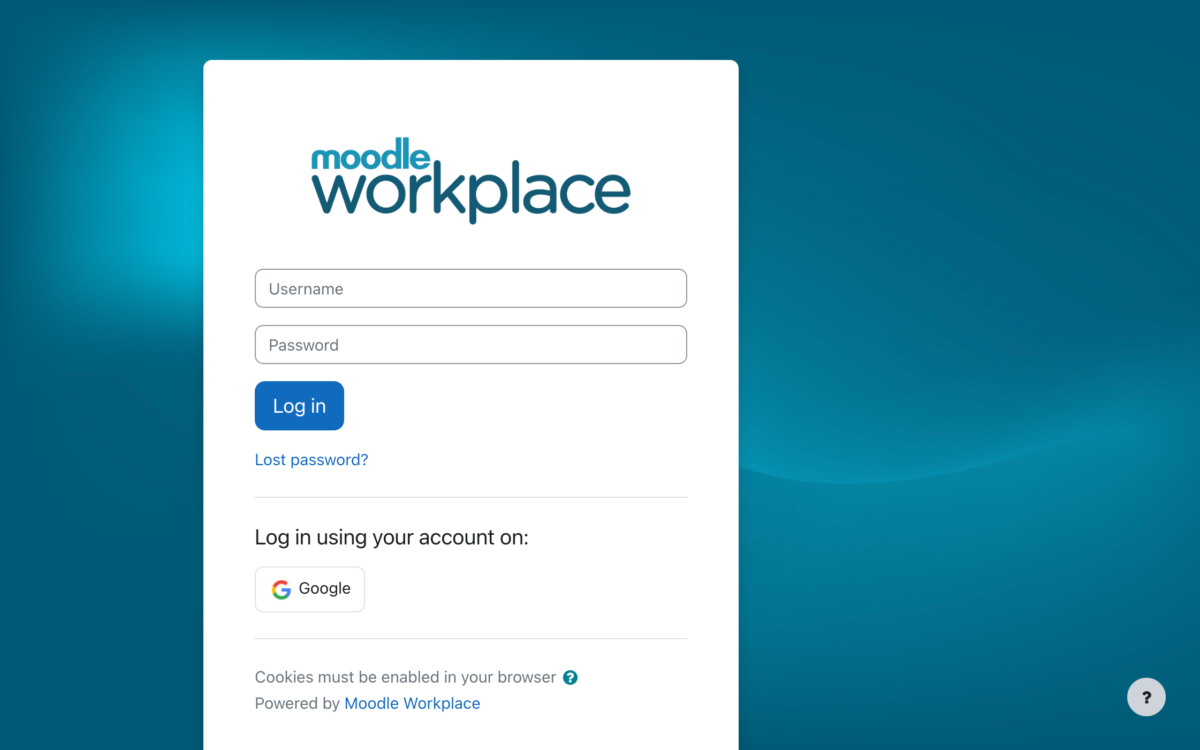A common marker in mediocre content design is a lack of the one key element needed for good design – learner input and perspective.
How is this one key element so readily overlooked? Too often organisations assume learners will be too busy to provide input, or that the ‘subject matter expert’ can represent the learner.
The core focus is to finish a course or event, rather than the holistic aspect of learning as a “ human experience” and what it takes to influence learner behaviour. So how do we address this shortfall? Here are three tips to optimise the learner experience of your content design.
Change the focus
Focus on the learning experience rather than the completion of a course or event. For a learner or staff member to really engage with the content, they have to be at least curious about the topic.
The focus has to shift from a passing grade or demonstrated competence to a learner changing their behaviour to integrate learning as a sustained action.
To motivate learners to undertake and finish the learning journey, the goal is to create content with moments of “magic” (interactive, problem solving, rewards, teams, concise, engaging) and avoid moments of “misery” (long, boring, repetitive, mono-tonal, not interactive, no reward etc).
Get perspective
Good content design includes perspectives of the business, the learner and the working/ learning environment.
From the learner standpoint, an empathy map could help define the following:
- Feelings – what the learner feels about the experience, what matters to them;
- Tasks – what tasks are learners trying to complete, what questions they need answered;
- Influences – what people, things or places may influence learner actions;
- Pain Points – what pain points might the learner experience and how to overcome them and finally;
- Clear Overall Goal – what are the learners ultimate goals and what are they trying to achieve.
Human-centred design
For human-centred design, the key is to find the balance between the needs of the business, the desires of the user, and the constraints of the environment, rather than focusing heavily on one aspect only.
Human-centred design is all about building a deep empathy with the people you’re designing for and consists of three phases: inspiration, ideation and implementation.
In the Inspiration Phase, the key is to understand learner needs, leading to the Ideation Phase where the focus is to identify opportunities for design, and prototyping the solution. Lastly, in the Implementation Phase, the content is brought to life with success because all the stakeholders, especially the learners have been engaged throughout process.







